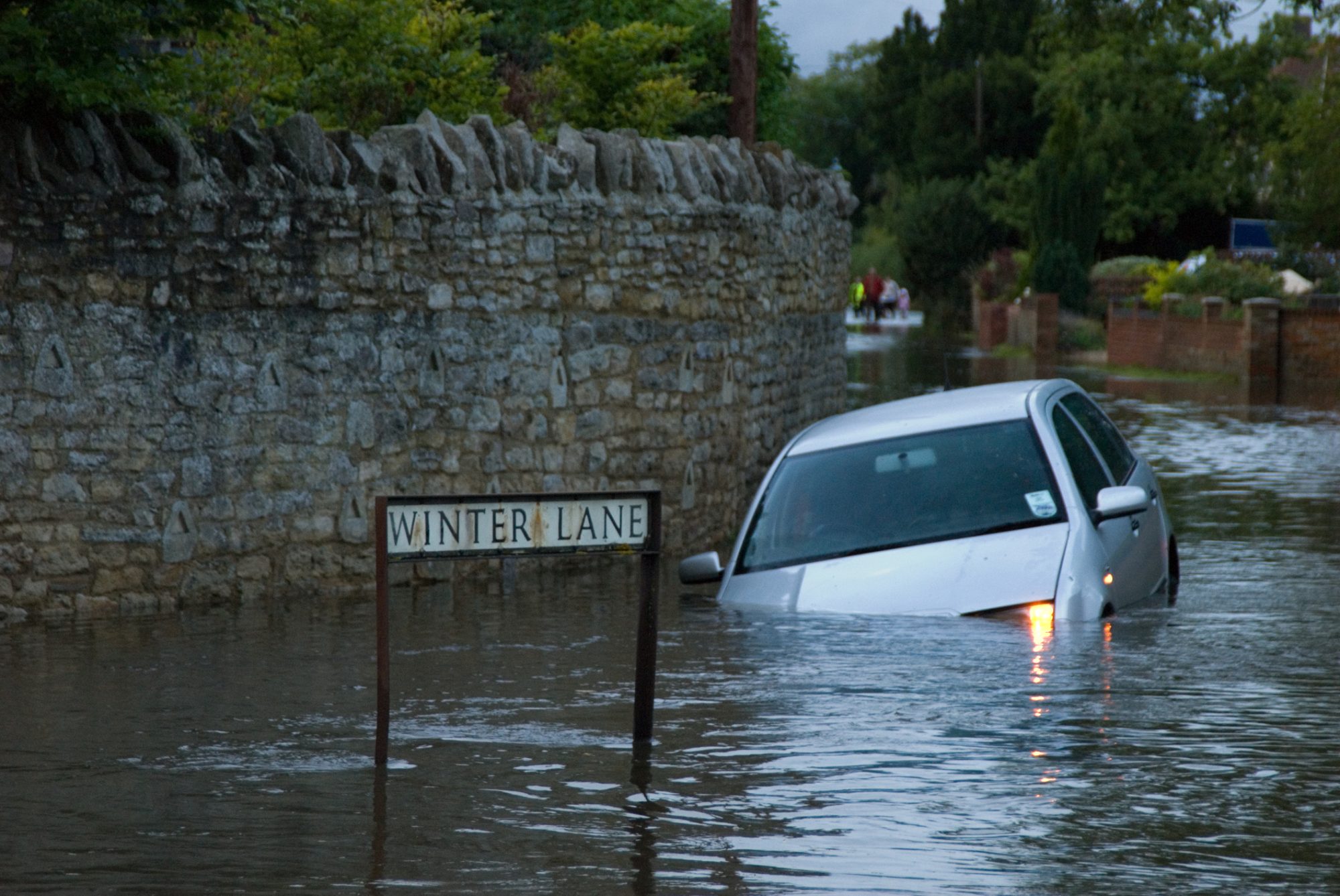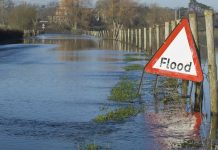Dave Bathurst, regional director at Rodgers Leask, explores how sustainable urban drainage systems (SuDS) can tackle England’s surface water problem and how the latest government review into existing legislation could be the catalyst for increasing their usage in urban planning
Flooding is an age-old consideration when it comes to urban development, but it has historically been most commonly associated with rivers, the sea or groundwater.
However, recent research has shown just how big a threat surface water is, making up the lion’s share of the UK’s flood risk.
As a country with more than its fair share of rainfall, flood risk assessment has traditionally been a key part of the planning process, but the sheer scale of the UK’s surface water problem has only really come to light in the last decade or so.
In 2007, over 55,000 properties were damaged by flooding
When the summer of 2007 saw England and Wales suffer 414mm of rainfall – more than in any period since records began in 1766 – more than 55,000 properties were damaged by flooding.
When these figures were analysed, the findings showed that two-thirds were understood to be flooded by surface runoff overloading drainage systems.
This was backed up by the government, including it on its national risk register in 2016, and subsequently by the Environment Agency, with its chief executive, Sir James Bevan, stating that more than three million properties in England are at risk of surface water flooding.
Dealing with surface water is a long-standing problem
While it took a historically wet period for this to be identified as an issue that is as, if not more, threatening than fluvial flooding, dealing with the drainage of surface water is a long-standing problem that needs creative approaches to solve.
More recently, the three named storms recorded in January 2024 highlighted the long-running problem with Victorian-era combined sewers, which water companies are trying to phase out due to the devastating impact when they overflow.
But considerable investment is needed, and supporting tactics must be part of the plan.
This is where sustainable urban drainage systems (SuDS) come in. Prompted by the 2007 floods, the SuDS Manual was first published to provide guidance on planning, design, construction and maintenance of sustainable urban drainage systems.
SuDS are generally accepted to be the most efficient way to implement successful surface water drainage, minimising run-off in an environmentally friendly way by mimicking natural water systems such as ponds, wetlands, swales and basins.
While engineers often disagree about the approach to a lot of different challenges, almost all would agree that integrating SuDS at the earliest opportunity of a scheme is crucial to its success.
Challenging the approach
Despite the obvious benefits of SuDS, it has been a long journey to inform and educate on their virtues, especially as the enforcement of legislation supporting their use – especially in England – hasn’t been especially forthcoming.
Schedule 3 of the Flood and Water Management Act 2010 provides a framework for the widespread adoption of SuDS and gives local authorities the role of sustainable drainage approval body (SAB), with responsibility for checking compliance and approving their use.
Despite this, there has been a real reticence in England to push beyond a planning-led approach – where the use of SuDS is recommended but not enforced – to a more legislative one.
Previous efforts to implement Schedule 3 met particularly strong resistance from the National Housing Federation.
However, this has not been the case in Wales, where the devolved government has taken strong action in commencing the enforcement of Schedule 3.
Since 2019, all new developments in Wales of more than one dwelling or with a construction area of 100 square metres or more must include sustainable drainage systems for surface water, and these must be designed and built in accordance with statutory standards.
The success of this approach – along with the findings of David Jenkins’ report into responsibilities around surface water and drainage – have prompted Westminster to belatedly reconsider its approach to Schedule 3, leading to the decision earlier this year to implement it across England – essentially making it the default for almost all new developments.
This process is being led by the Department for Environment Food and Rural Affairs (Defra) in consultation with the Association of SuDS Authorities, with an initial consultation set to take place this year ahead of implementation in 2024.
Righting the wrongs
There is a feeling across the flood risk assessment community that this decision is a case of “better late than never”, but there is still a long way to go.
If you look at a 2012 Defra consultation, the results show that while government policy actively encouraged developers to build SuDS, only an estimated 40% of new developments were drained by them.
New plans appear to outline that SABs will check that detailed design of SuDS comply with the principles agreed at the planning stage, and if they are approved for adoption inspections will be carried out by SABs at key stages of construction – such as backfilling of underground attenuation tanks.
Developers I have spoken to recently have voiced concerns that where there is ambiguity there is going to be further delays to an already slow approvals process, which favours nobody but at present is merely speculation. Though uncertainty over who is responsible for maintenance and the fees that will be charged for the application process to get SAB approval will also create a sense of unease in the build-up to legislative change.
Furthermore, from a local authority perspective, recruitment will be required to help process applications and carry out inspections, but not knowing the application fee makes it difficult to budget. Currently, most local authorities only have the resources to respond to surface water drainage proposals for major planning applications, but Schedule 3 will require them to respond to all proposals above a 100m2 threshold – so there is clarity needed as far as in advance possible to make the transition smoother.
Time will tell, but the implementation of Schedule 3 in England could well be the catalyst that pushes SuDS up the list of key masterplanning components.
Getting everybody on board with a new statutory standard, which is expected to include a couple of amendments from the current non-statutory standard, begins with education, and developers need to be advised by engineers who have their ears to the ground and are able to lean on their experiences in Wales to prepare for what is expected to come in England.
While national standards are expected to be the basis for design, requirements for adoption are expected to follow local procedures so knowledge will be the key.

















